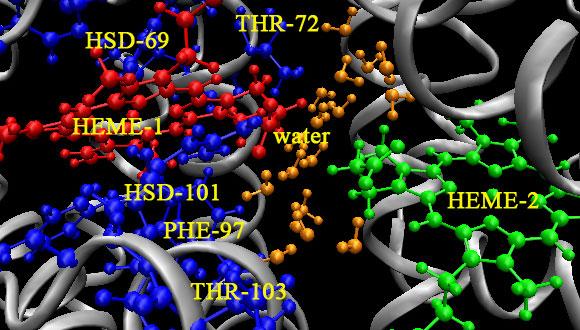Chemical Physics Seminar: Optical Microcavity Devices Containing Organic Materials
Yaakov Tischler, BIU
Abstract:
When two mirrors are positioned closely together, a half wavelength apart or an integer multiple thereof, they form a Fabry-Pérot resonator that can trap light of a specific wavelength for many optical cycles. This resonant light trapping phenomenon is at the heart of vertical cavity surface emitting lasers (VCSELs), optical switches, resonant cavity LEDs, and numerous other photonic and optoelectronic devices. When organic materials are situated inside such photonic structures and stability issues are properly addressed, amazing results can be achieved, such as strong light-matter coupling at room temperature in both the visible and infrared (IR) spectral ranges, low threshold lasing, and super-radiant coupling between molecules. Using microcavities properly designed for use with organics, here we show strong light-matter coupling in the mid-IR spectral range and the first demonstration of a "Monolayer VCSEL", where the gain layer consists of a thin film of fluorescent dye that is one molecule thick. We motivate possible sensor applications for these devices, and discuss the unique physical, photochemical, and photoelectrochemical processes that can be investigated in such structures.


